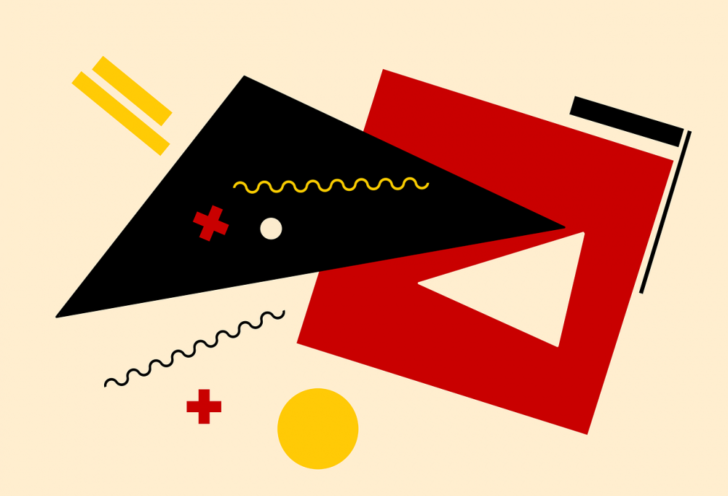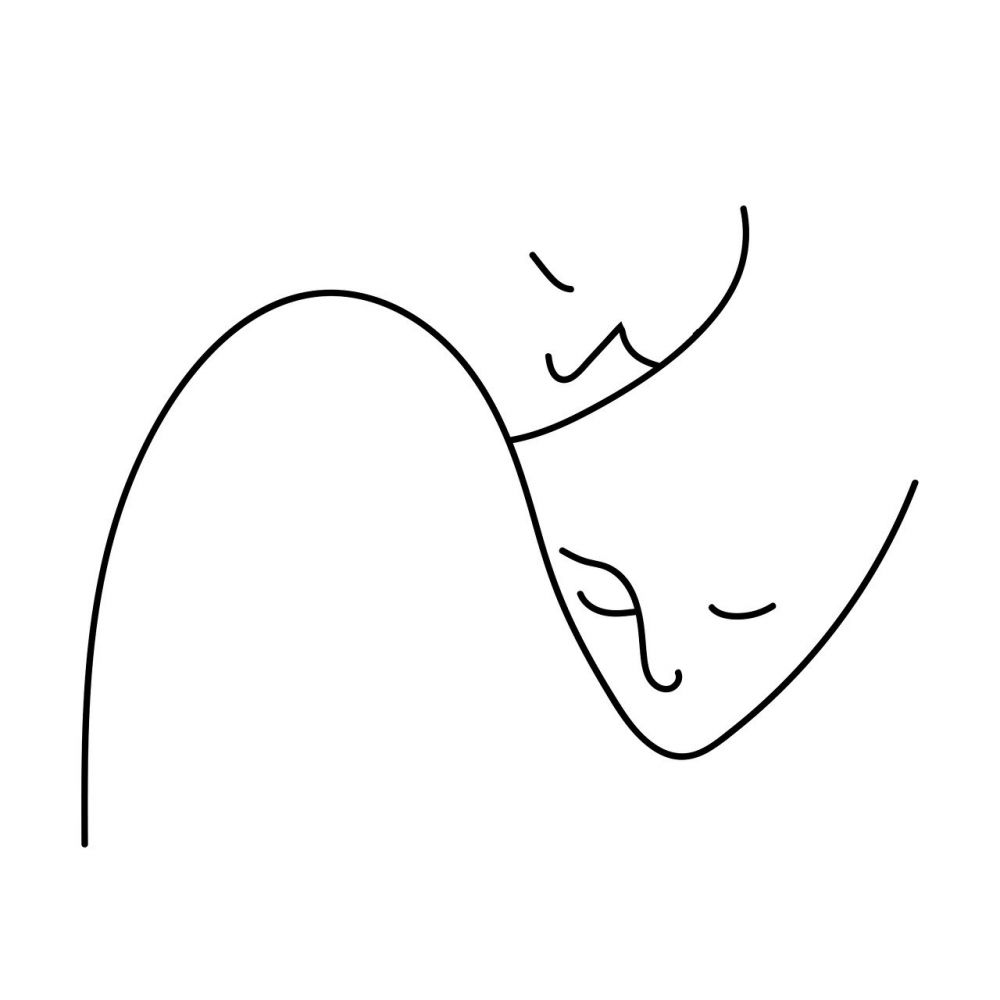Scandinavian Design: A Deep Dive into Nordic Elegance

Introduction to Scandinavian Design
Scandinavian design is renowned worldwide for its simplicity, functionality, and timeless elegance. Originating from the Nordic countries of Denmark, Sweden, Norway, Finland, and Iceland, this design aesthetic embraces minimalism, natural elements, and clean lines. It has become a symbol of the region’s cultural identity and a global phenomenon that continues to inspire designers and homeowners alike.
Understanding Scandinavian Design

Scandinavian design can be best described as a harmonious blend of form and function. It prioritizes practicality while maintaining a visually appealing aesthetic. It focuses on creating spaces and products that enhance the user’s daily life by combining beauty with usability.
Types of Scandinavian Design
There are several types of Scandinavian design that have emerged over the years, each with its own distinct characteristics:
1. Danish Modern: Known for its simplistic elegance and organic shapes, Danish Modern design showcases functional furniture with clean lines and minimalistic ornamentation.
2. Swedish Gustavian: Inspired by the neoclassical style, Swedish Gustavian design features light-colored furniture with delicate carvings and reeded textures.
3. Finnish Minimalism: Finnish minimalism emphasizes simplicity and functionality. It uses natural materials and neutral colors to create a serene and calm atmosphere.
4. Norwegian Rustic: Norwegian rustic design embraces the beauty of nature with its use of raw, untreated wood, warm colors, and cozy textures.
Popular Nordic Design Trends
Several Nordic design trends have gained popularity recently, reflecting the evolving nature of Scandinavian design:
1. Hygge: This Danish concept is all about coziness and creating a warm atmosphere. It emphasizes comfort, soft textures, and lighting to achieve a sense of tranquility.
2. Lagom: Originating from Sweden, lagom refers to the idea of finding balance in life. In design, it means finding the perfect blend of minimalism and functionality.
3. Japandi: Blending Scandinavian and Japanese design elements, Japandi brings together the simplicity of Nordic design with the elegance and attention to detail found in Japanese aesthetics.
Quantitative Measurements of Scandinavian Design
Quantitative measurements provide a deeper understanding of the impact and influence of Scandinavian design. According to surveys and data:
1. Scandinavian-designed products have seen a significant increase in international demand over the past decade, with a growth rate of 28% in export value.
2. The Nordic countries consistently rank high in terms of happiness and quality of life, which can be attributed, in part, to their well-designed and functional living spaces.
3. Scandinavian design has gained popularity in the fashion industry, with several high-end Nordic brands being recognized globally for their minimalist and timeless designs.
Embracing Diversity within Scandinavian Design
Despite a common thread of simplicity and functionality, Scandinavian design exhibits variations that reflect the unique cultural characteristics of each Nordic country. Danish design often leans toward modernism and experimental approaches, Swedish design embraces elegance and tradition, Finnish design focuses on nature-inspired minimalism, Norwegian design celebrates their rich heritage and rustic charm.
Historical Overview of Pros and Cons of Scandinavian Design
Throughout its history, Scandinavian design has had its fair share of advantages and disadvantages:
Pros:
1. Timeless and enduring: Scandinavian design has proven to withstand the test of time, remaining relevant and stylish for decades.
2. Functionality: The focus on practicality allows for efficient and ergonomic use of space and products.
3. Sustainable: Scandinavian design emphasizes the use of natural materials and environmentally friendly production processes.
Cons:
1. Cost: Quality craftsmanship often comes with a higher price tag, making genuine Scandinavian design inaccessible to some.
2. Minimalism: The simplicity of Scandinavian design may not appeal to those who prefer more ornate and elaborate aesthetics.
3. Limited color palette: While the minimalistic color scheme of Scandinavian design creates a calm atmosphere, it may not suit everyone’s taste or desired interior style.
Overall, Scandinavian design continues to captivate global audiences with its timeless elegance, practicality, and commitment to sustainability. Its ability to constantly evolve and adapt to new design trends ensures its enduring relevance in the world of interior design and beyond.
By crafting informative and engaging content, this article aims to serve as a comprehensive guide to Scandinavian design, enlightening readers on its diverse styles, historical significance, and ongoing popularity.





















